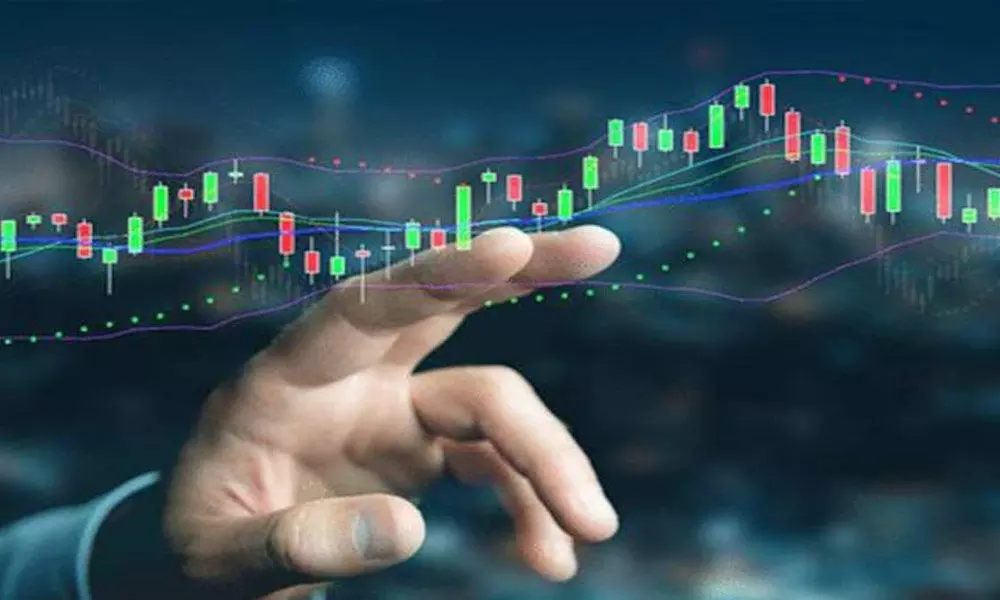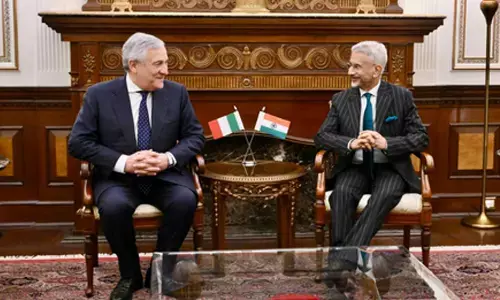ING Stocks Thrive in 2021

ING Stocks Thrive in 2021
As one of the biggest banks in the world, ING boasts a total asset amount of $1.1 trillion, putting it in the top 10 largest European companies by revenue.
As one of the biggest banks in the world, ING boasts a total asset amount of $1.1 trillion, putting it in the top 10 largest European companies by revenue. ING's importance is also made evident by its membership in the Inter-Alpha group of banks, its appearance in the list of global systemically important banks, and the fact that it appears in the Euro Stoxx 50 index. While the pandemic has impacted many stocks in the markets, with knock-on effects into 2021, has this been the case for banks like ING as well? Let's take a look.
ING stocks in 2021
ING's first quarter net results were up a huge 50%, climbing from 670 million Euros in 2020 to 1.01 billion Euros in 2021. The company's total income was 4.2% higher, hitting 4.70 billion Euros, which was up from 4.51 billion Euros last year. ING's net fee and commission income also rose by 9.1% year-on-year, particularly for investment products. ING CEO Steven van Rijswijk had this to say about the bank's performance so far this year: "ING delivered a strong performance in the first quarter of 2021. The sharp rebound in net profit compared to the year-earlier period was driven by a good increase in fee income and lower risk costs." However, while the group has had a breakout beginning in 2021, the future remains a mixed bag as van Rijswijk explained that Covid-19 economic effects are still a factor: "We remain cautious and are taking into account expected delays in credit losses," he said, however he added a positive note, saying, "many customers have turned to investing as an alternative for saving, which for us resulted in growth in investment products."
ING's income in the first quarter included a one-time amount of 233 million Euros from the European Central Bank after ING lent funds to businesses who met the criteria set out by the ECB in the Targeted Longer-Term Refinancing Operations (TLTRO) program. Offering longer-term refinancing with favourable terms comes as an incentive to keep banks funding economies in Europe as the pandemic continues. According to ING, net core lending increased by 17.8 billion Euros in Q1 of 2021, with 15.1 billion of that belonging to wholesale banking, and the rest most likely to retail mortgage loans. Van Rijswijk expressed that Asia, along with the Americas, had experienced an increase in loans, while Europe's loan appetite didn't quite match the others. ING's net margin declined from 1.41% to 1.51% year-on-year, which reflects less attractive lending terms and an increase in customer deposit costs.
ING going green
ING is keeping up with the global shift towards sustainability and green energy sources by focusing on making businesses sustainable and forming a group to work towards decarbonizing the steel sector by 2050. The group, led by ING, is made up of Citi, Goldman Sachs, Societe General, Standard Chartered and UniCredit, which are all big lenders for the steel industry. ING explained, saying, "Since the sector is so carbon intensive, there are expectations that financial institutions should support its decarbonization, but so far financial institutions lack the practical tools to do this effectively." To help, the group will be drafting a finance agreement for the sector which is more in line with global climate change goals. Some would say ING is leading the banking industry with its focus on climate change, and particularly the steel sector.
ING in the markets
Since the beginning of the year ING stocks have been on the up, starting out at 7.459 on the 28th of January and gaining a sizeable 53.4% over the next five months to land at 11.448 on the 28th of May. The brand's better-than-expected first quarter results no doubt played a part in a recent price increase of 12.2% from 10.196 on the 23rd of April to a high of 11.448 on the 28th of May. At the beginning of May, in just one week, ING stocks were up by 3.16%, and over the first quarter, increased by a solid 39.83%. ING stocks have increased by a whopping 154.21% over the last year, which is huge in comparison to other big players in the markets, such as the S&P 500 which only rose by 48.78% in the last year. Needless to say, ING stocks are sailing into the second half of 2021 from a strong start, however online traders should stay on top of the news and current affairs to see how the pandemic could further impact ING share prices in the markets.
Invest in shares with as CFDs
As we said, despite a number of recent gains, ING stock prices may be headed for volatility, considering the Covid-19 pandemic is far from over. Such volatility may present both opportunities and risks for traders who invest in shares as CFDs, or Contracts For Difference. CFDs allow you to take advantage of price changes in both directions—increases as well as decreases—of shares in ING, among other companies, without the need to purchase the underlying asset (in this case any actual ING shares). Essentially, you're investing in volatility, so if you think the price of your CFD instrument will increase, you'd open a 'Buy' deal or 'Go long,' whereas if you think the price will decrease, you'd open a 'Sell' deal or 'Go short.'
















